Picture this. You have a brilliant product, killer copy ideas, and a healthy ad budget to get that product and copy out into the world..
You open up Google Ads and realize people aren’t clicking your ads. WTH.
Well for once, it’s not you, it’s them.
Them being Google Ads Settings. Those sneaky little settings that make it so your ads aren’t showing to those people who don't have what your interests in their personalized settings.
These settings are controlled by the audience making it so that their “ads are based on personal info they've added to their Google Account, data from advertisers that partner with Google, and Google's estimation of their interests.” This means your audience can go right into their settings to change what they do and don’t want to see, leaving you, the advertiser, worse off.
This isn’t earth-shattering news, but it isn't great.
Luckily, as one of the world's top ppc agencies, we have the secret to make these setting work for you, not against you.
In order to make the most of your paid campaigns and to help you better reach your ideal audience, this post will walk you through everything you need to know about what users can do in their Google Ads Settings and what Google Ads Settings means for digital advertising.
So get ready to start reaching the right people—just because they think they aren't interested in what you’re selling, doesn't mean it’s true 😏
Get brand new Google ad strategies straight to your inbox every week. 23,739 people already are!
What does the release of Google Ads settings mean?
As I mentioned above, the primary effect of Google Ads Settings is users' new ability to control (or better said: customize) their search engine ad experience.
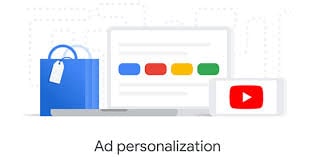
Not too ominous…right? - image source
Google now allows users to control their own ad settings. They have the ability to personalize their search engine experience, control their ad preferences, and select (or deselect) which interests Google has identified with them. And they can even block or mute certain ads.
We'll go into each one of these in-depth individually in the coming sections of this blog post. So, let's get started.
What users can do with Google Ads Settings
To better understand what you can do as digital advertisers to adapt to Google Ads Settings, it's important that you first understand how users can customize their ad experience in Google Ads Settings. So with that, let's start with how they can personalize their ad settings.
Personalize Ad Settings
For starters, users now have the ability to turn off the sharing of personal info with Google.
This is because some people have found the Google user contract to be somewhat “Faustian.”
Or better said, you have access to all of Google's tools and tricks, but you give up a vast amount of personal information that allows advertisers to customize their ads based on your search behavior and quote-unquote "interests."
Now with Google Ads Settings, users have the ability to turn off all of that sharing of information. Or, more specifically, they can see which of their interests Google has identified based on their search history and behavior.
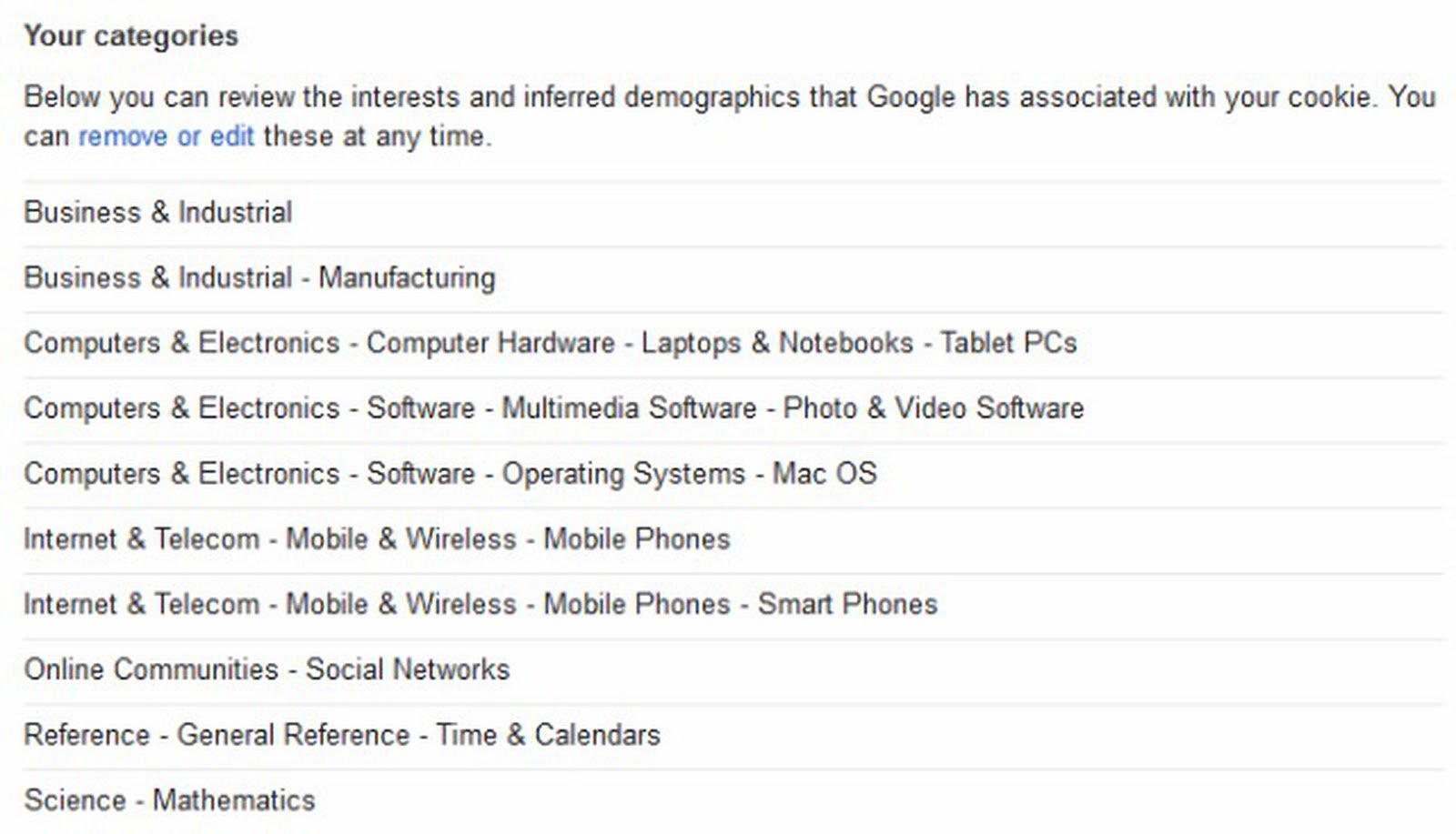
They can essentially see how Google has them pegged - image source
They then can turn off or deselect certain interests that Google won't show them ads for.
For example, if you go into Google Ads Settings and see that Google has identified that you’re interested in football, Adidas running shoes, and the Sopranos, and you aren't interested in Adidas running shoes, you can deselect that and Google will stop showing you ads for those shoes.
Now, users can either do this because Google has misidentified certain interests and they're being shown irrelevant ads that they don't really find any interest in, or, on the other hand, this can be because users are preemptively trying to manipulate the ads they are shown and control their ad experience to better have a customized search engine experience.
You can actually read a funny but interesting article about manipulating search engine’s picture of you in this link.
Manipulation of user data
The importance of user data for digital advertising is obvious. It lies in the fact that:
“Better user data allows for more accurate audiences, accurate audiences allow for more relevant ads, and relevant ads allow you to better increase your CTR and hopefully generate more conversions in the long run.”
This leads to a better ROAS and, in the end, a better ROI of your overall paid campaigns.

Very nice indeed - image source
However, now user data can be manipulated by the users themselves. This has two major after-effects.
- It makes things much harder on advertisers because our source of the most valuable golden nugget, user data, is now being played with.
- This makes the user experience much more customizable and therefore much more comfortable for the actual search engine users.
Both of which Google is okay with because both of which leads to Google making more money.

It’s good to be Google - image source
The first, however, is only true for lazy marketers, because it’s only making it worse for you if you aren't up to the challenge of upping your game with your ads’ relevancy.
If you can increase the relevancy of your ads, you can still increase the performance of your campaigns. Because of these new Google Ads Settings, you will now only be interacting with users who have a very high intent on converting if you can properly match the relevancy of your ads to their search interests.
The Mute Ad function
Keep in mind that this is actually a reactive measure and isn't a preemptive function that users can use to block your ads.
The user can't (yet) mute ads before they’re hit with them.
Instead, the feature can be found in the top right of all ads and shows a little X mark for users to identify and mute the ad.
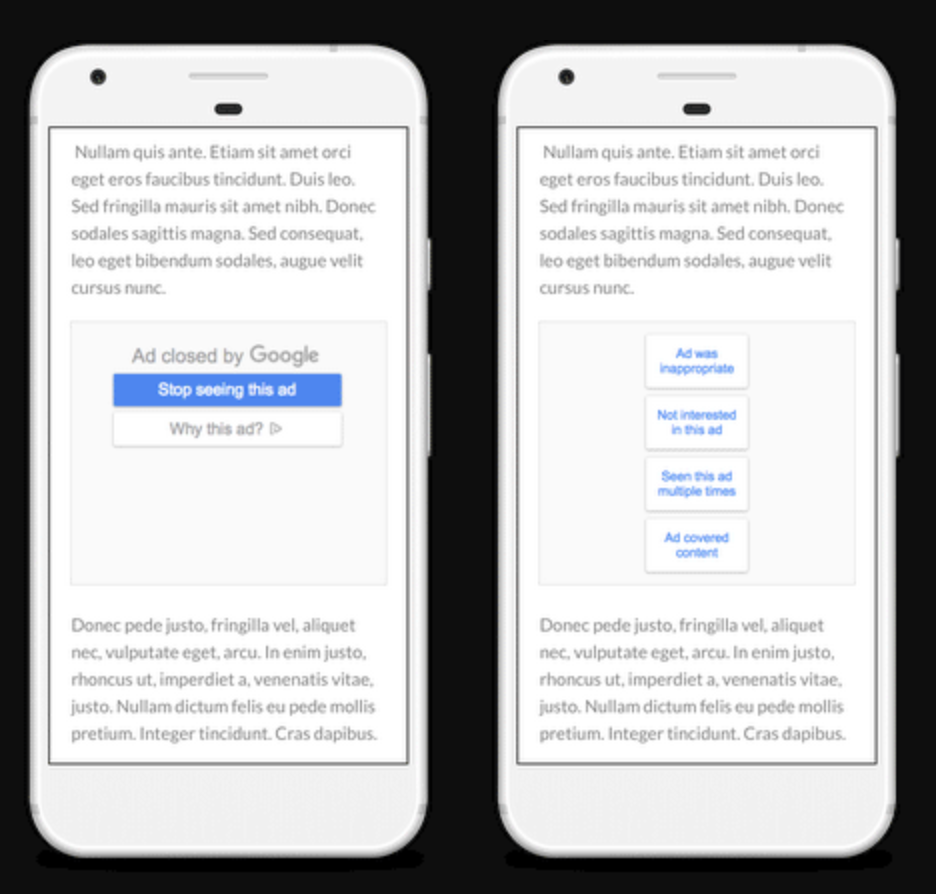
It’s a very helpful function that readily comforts users - image source
Users do have to give reasons for muting the ad. For example:
- Seen multiple times
- Ad covered content (interrupted the user experience)
- Ad was inappropriate
- The user was not interested in this ad
- The user had already bought this product
This means you're still safe from preemptive ad muting, but you face one hell of a guillotine if you piss off your users with some bad ads.
What Google Ads Settings means for digital advertisers
This is where we actually get to the good stuff because you can see what you can do as a digital advertiser to respond to Google Ads Settings and better increase your adaptability in the changing market.
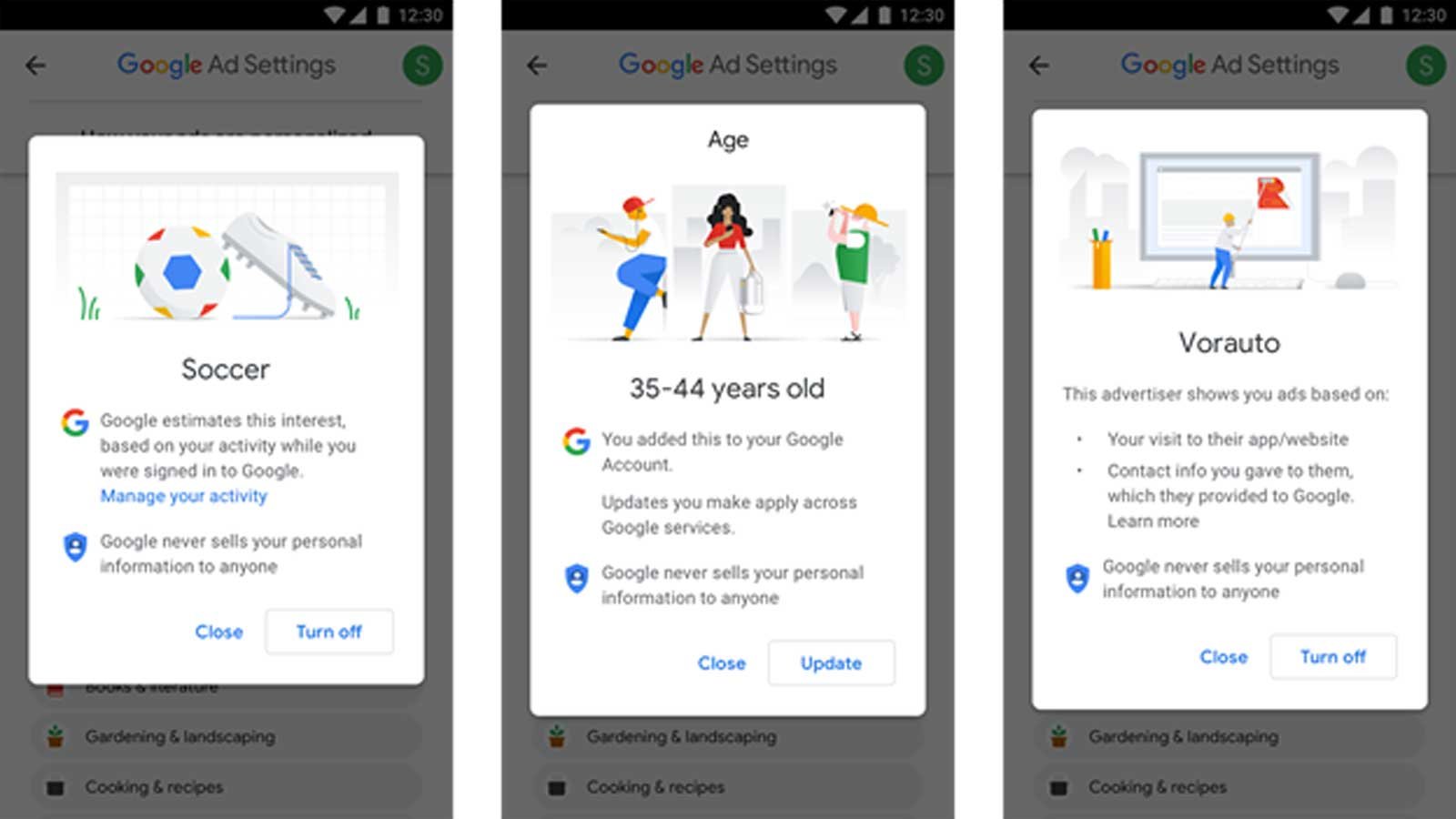
Excited yet? - image source
Stepping up your relevance game
This goes without saying, and I've already mentioned it throughout this blog post, but the more relevant your ads are, the better chances you have of matching the intent of your potential customers. And the better chance you have of increasing the CTR and converting them as leads and/or sales.
So being that relevancy and intent are even more important than ever, you need to keep on top of them all the more.
Due to the new customizability of users’ ads experiences, search terms and their search volumes may be seriously varying moving forward.
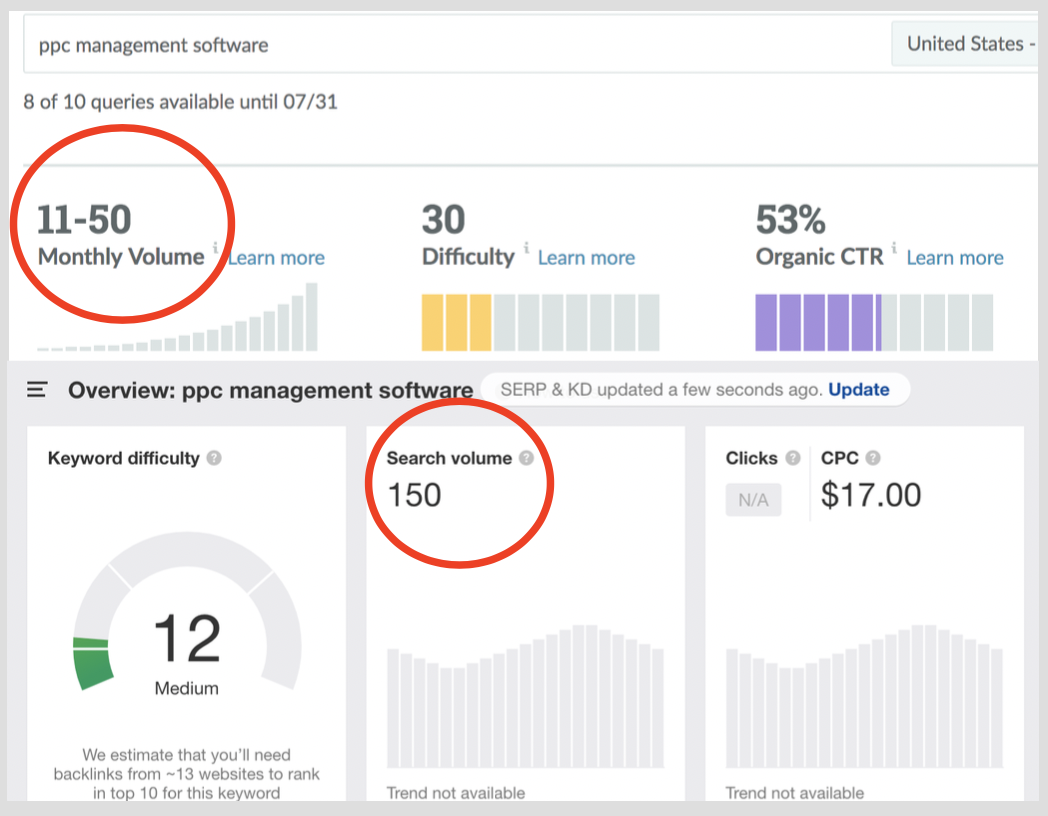
Just look at these conflicting search volumes today? (via Moz KWE and Ahrefs)
The success of your ads may no longer be determined so much by keywords as it will be by actual CTRs, quality scores, and intent.
“In response to Google Ads Settings, the Iceberg Effect, search term: keyword ratio, and message match are going to become three major factors moving forward with Google search advertising.”
Three of which are by no means old, but are going to be even more important moving forward.
Consider other PPC platforms for boosting ROI
Google Ads Settings and its customizable features are a development that comes from search advertising and all of its platforms' desire to better tailor the ad experience to its users.
However, Google is at the forefront of this field.
“Not all other paid advertising platforms have adopted this level of customizability on the user's end of the ad experience. So if you want to engage users with a little bit more control on the advertiser's side, you can still lean on these other platforms.”
For example, Facebook doesn't yet have the personalized ad settings.
So, using Facebook, you can still target customized audiences and lookalike audiences, relying on the fact that the users don’t have the ability to preemptively mute or deactivate those interests, eliminating them from those audiences.
You can use other social advertising platforms, as well, to add on to your Google Ads campaigns to boost the total overall ROI of your paid advertising efforts.
Personalized Google Ad Settings make remarking the bell of the ball
Now, while the new personalized features of Google Ads Settings do raise the bar in terms of relevance and intent matching and quality score, etc, they also open a window for remarketing to become even more valuable than it already is.
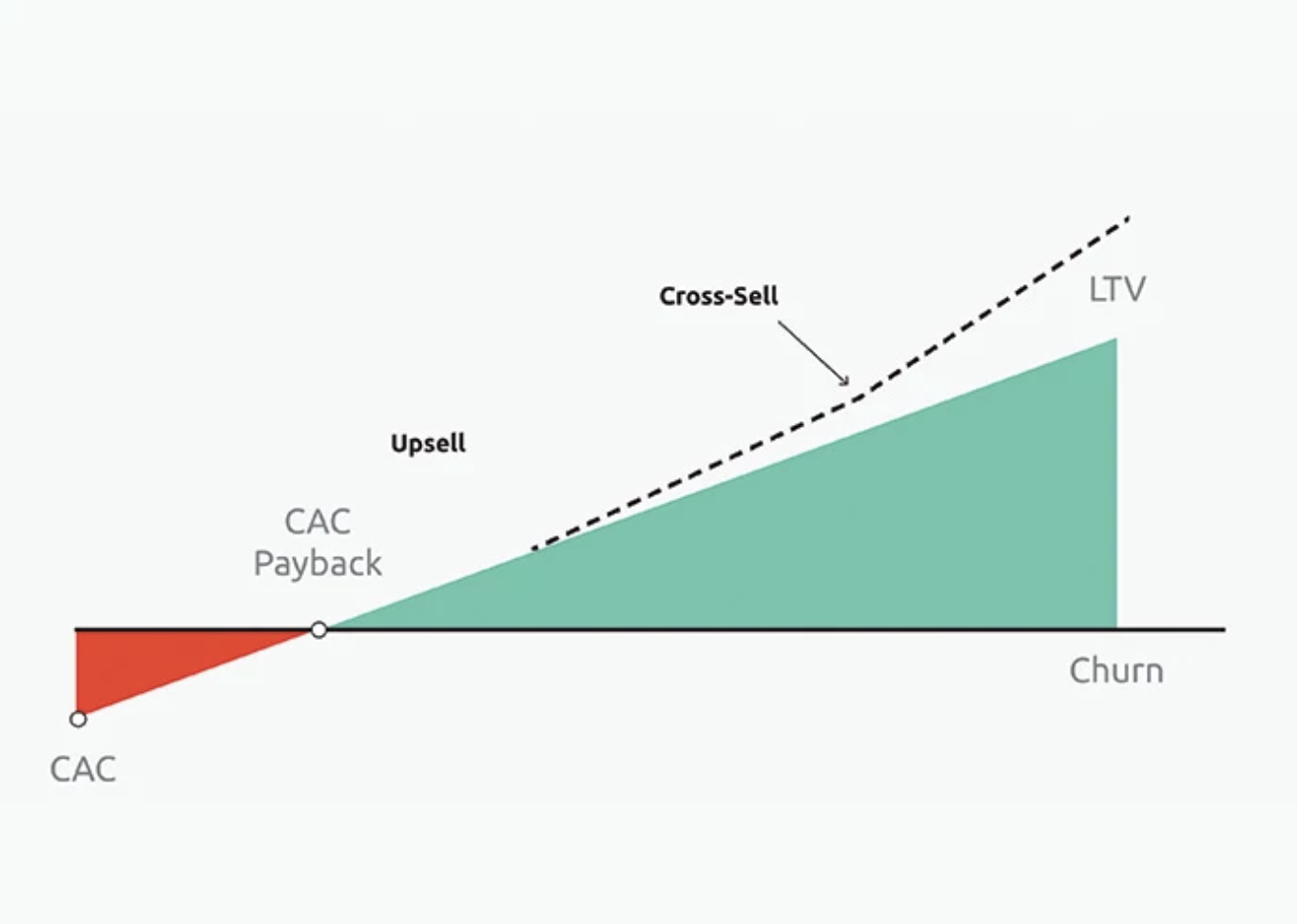
More valuable than remarketing? Does that exist? - image source
It seems like every few years, search advertising evolves to the point of leaving a certain key factor of its ranking and advertising elements behind.
For example, where keyword ratio was king, now it's relevancy. You can no longer simply stuff your ad or your content with keywords and expect Google to reward you. It has to be relevant, it has to be targeted, and it has to be important enough for the user to still find it interesting.
Now, relevance is slowly slipping away as search engines take it even one step further.
“Now Google’s looking to match the actual intent of the search behind the relevant keywords that you are advertising with.”
This leaves the next step of digital advertising research to be intent prediction and optimization.
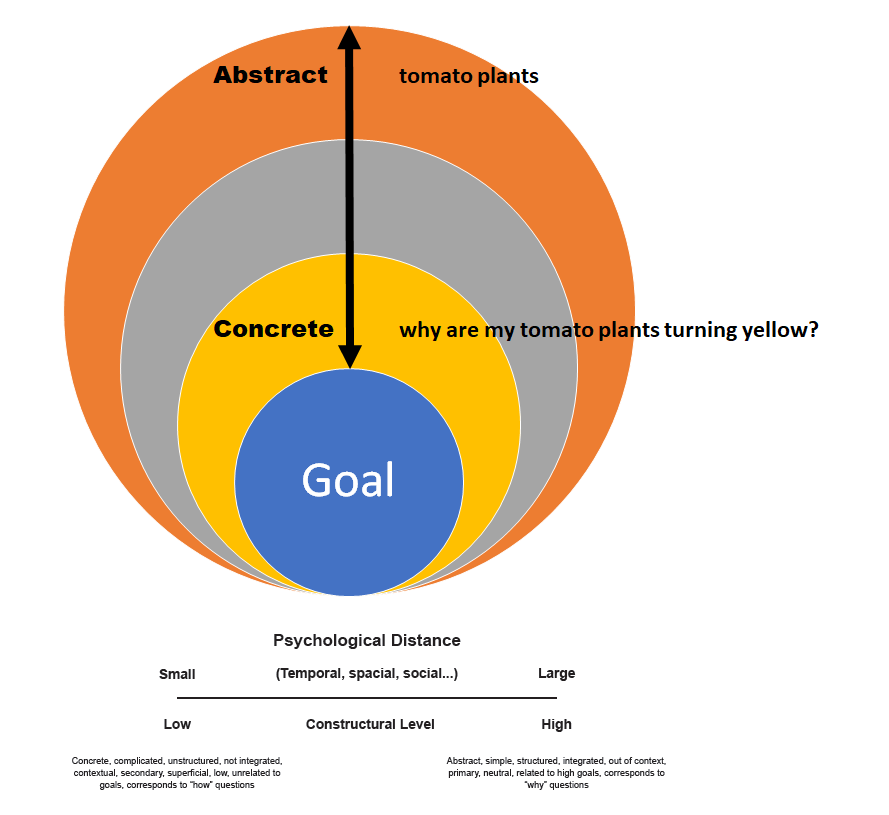
When you start to take keyword research to the psychic level - image source
Using your already engaged audiences via remarketing handles this problem of intent preemptively and allows you to tap into an already engaged audience.
So if you're looking to use the intent pain point as an actual advertising stronghold, remarketing is your best bet.
Good thing we have plenty of guides that you can check out on remarketing and RLSA (remarketing lists for search ads) if you’re interested. ;)
The little things matter more than ever with Google Ads Settings
With every evolution of the Google search network comes a new development in the skillset and tool belt of Google search advertisers.
As Google continues to refine its algorithms and raise the bar for digital advertisers, we all need to keep in mind that the little things matter.
Taking the time to break down your targeting and your keywords (and keeping a close eye on those bids/budget as well) is more worth it than ever.
Take the time to get to know your audience; their searches, their history, and their intent.
The closer you can become to a search intent psychic, the better.